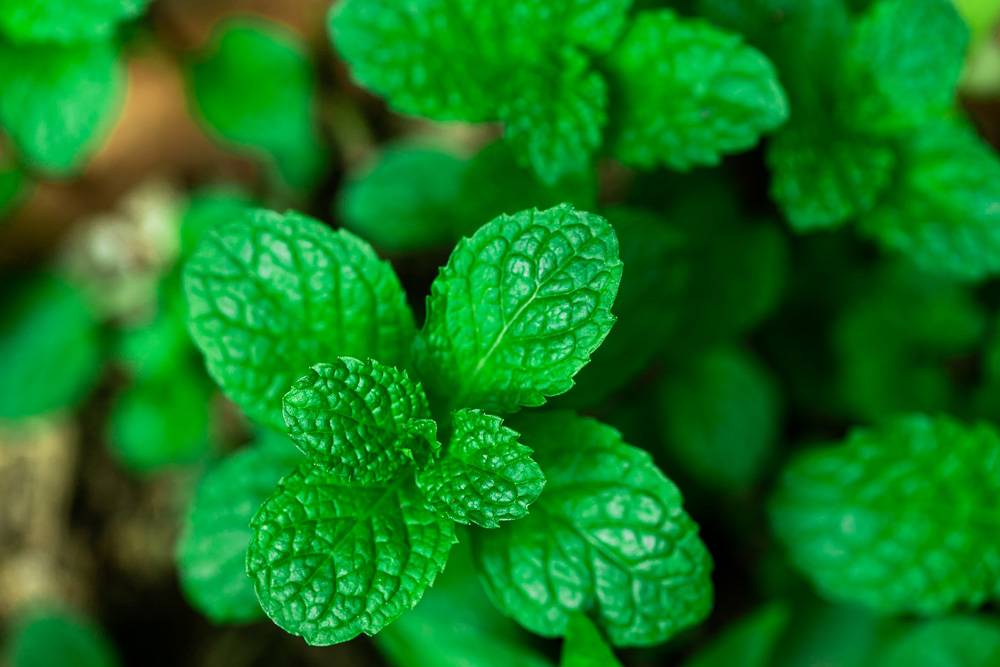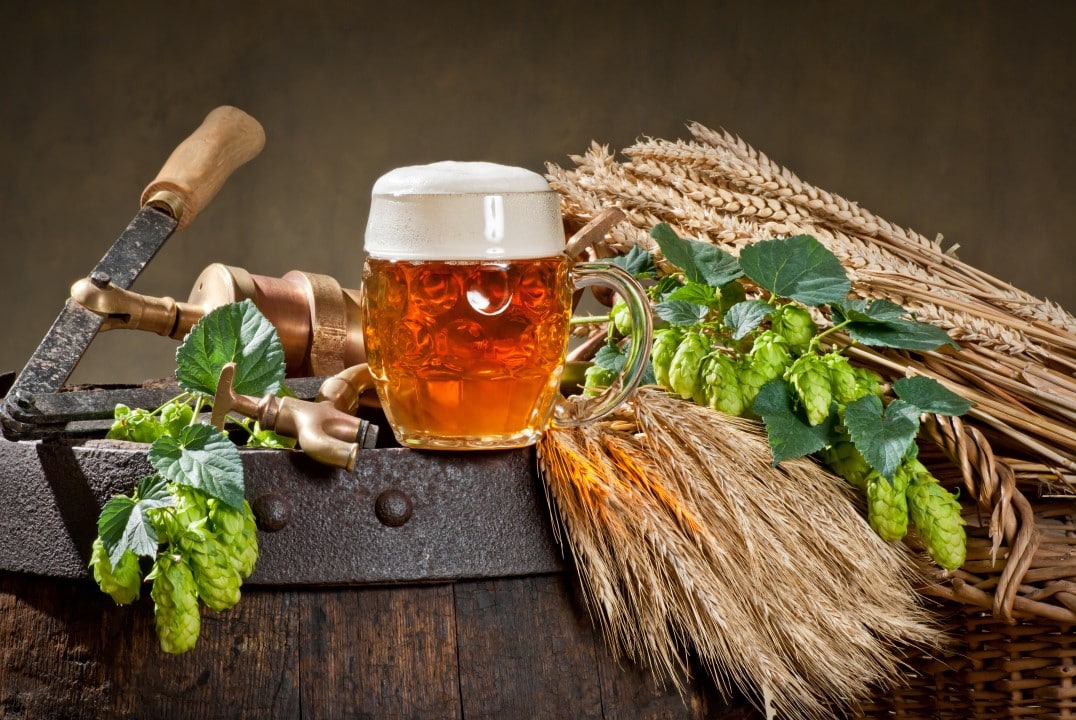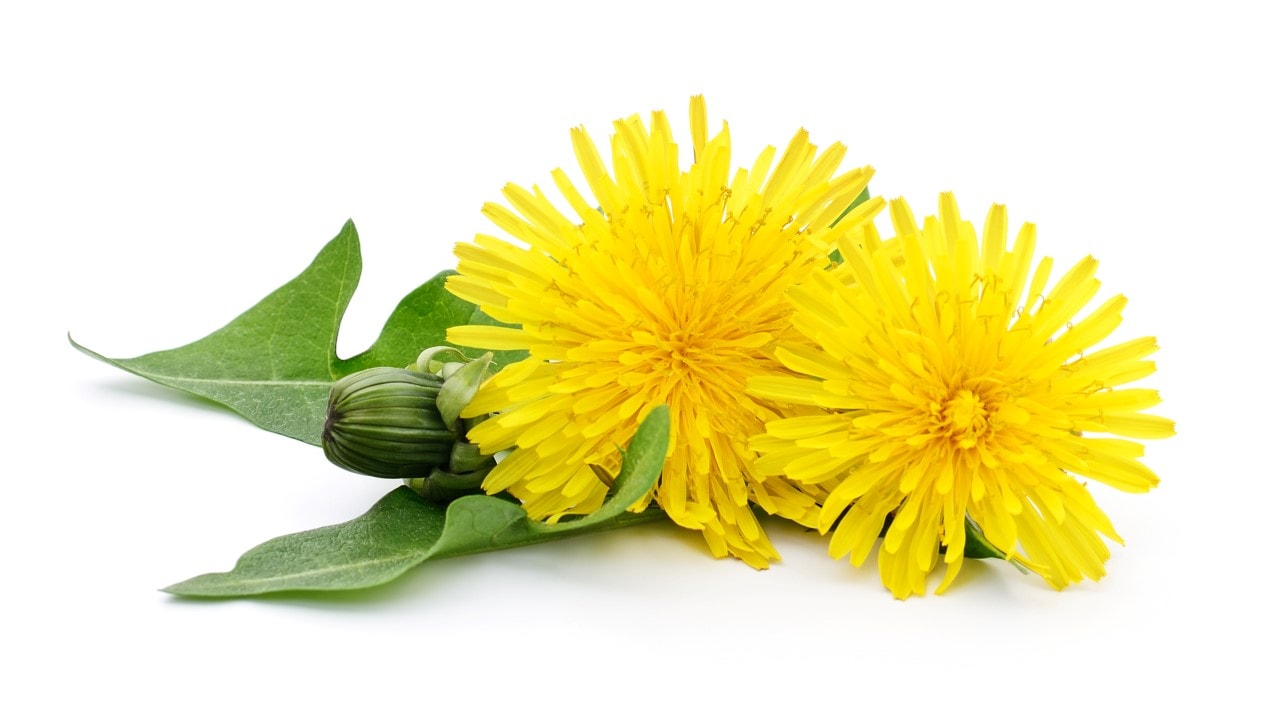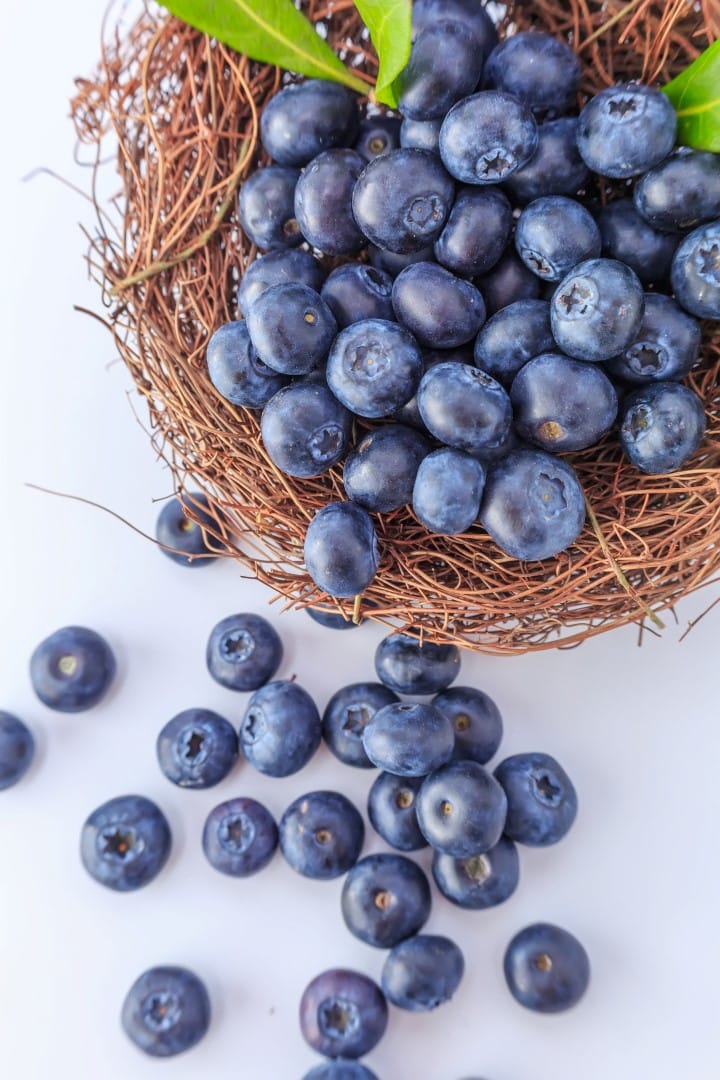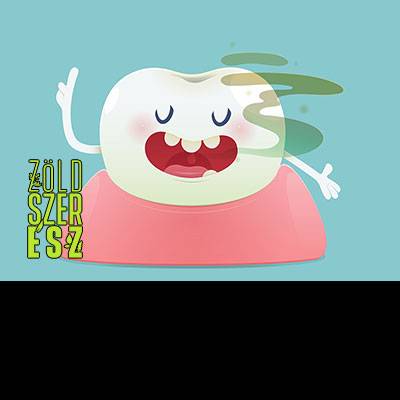The use of medicinal plants has been enjoying a renaissance in recent times, with more and more people turning away from artificially made medicines and seeking ‘healthier’, natural alternatives for illness or prevention. Unfortunately, knowledge of the uses of plants has been lost, and this plant guide aims to make up for this.
Hungarian experts are Dr Éva Zámobirné Dr. Németh Éva and Dr Jenő Bernáth (MATE). Ernő Macalik – a university-educated biologist and phytotherapist living in Transylvania, who has been a herbalist and expert for almost 50(!) years – also says that there is nothing left to save today, and that lost knowledge must be relearned.
In the past, people and old people passed on their knowledge by word of mouth, but sadly this is becoming less and less the case, so one of the aims of the site is to create a digital version of this knowledge. The plants and their descriptions are constantly being added to. The other and no less important focus is the rescue of wild medicinal plants that are becoming extinct. Every Facebook like and share helps this cause and I thank all supporters!
List of medicinal plants – plant identifier
A – B – C – D – E – F – G – H – I – K – L – M – N – O – Ö – Ő – P – S – T – V – Z
Before using medicinal herbs, make sure of their origin. Only use herbs from reliable sources, because herbs of inferior quality, or even contaminated with impurities, will not have the desired effect. We hear from many places that the herbs are collected in inappropriate places (busy roads, rubbish dumps, near factories). If we choose to collect wild plants ourselves (many people believe that the active ingredients are higher than those of cultivated plants, but this is unfortunately not true. There is no way of knowing what their active ingredient content is, it may be higher or lower than the cultivated ones), then do it in such a way that you do not harm the plant, and use the utmost care! Do not harvest everything, leave the possibility of reproduction. Do not plant endangered species at all! Collecting is strictly forbidden in nature reserves! Ask national parks for permission and find out what and how much can be collected! In this plant guide I will also try to explain how to collect the herb in question. Without the right knowledge, it is not advisable to pick plants on your own, as many poisonous plants can be found and some species can be easily confused! Care should also be taken with the drying of the plants you collect, more details on this can be found in the blog. It’s always best to store them in a dry and cool place, as they can easily mould and eggs can hatch and multiply in hot weather. It is best stored in a large jar or metal box, which can be sealed with fabric so that it can breathe a little and other pests cannot get at it.


